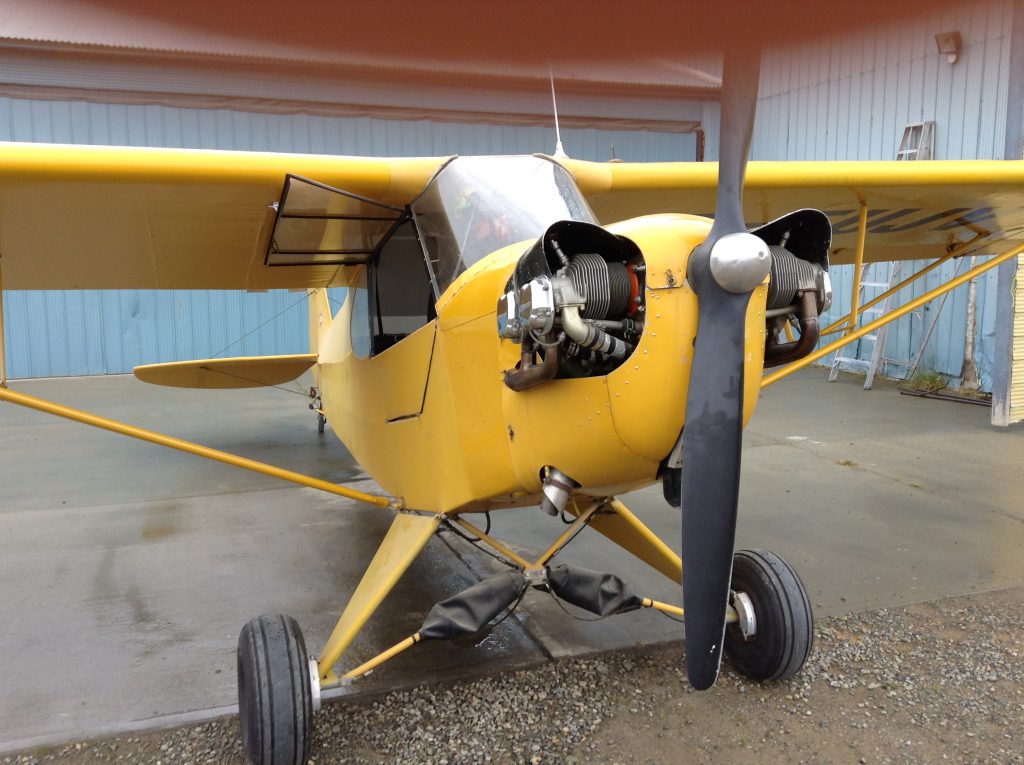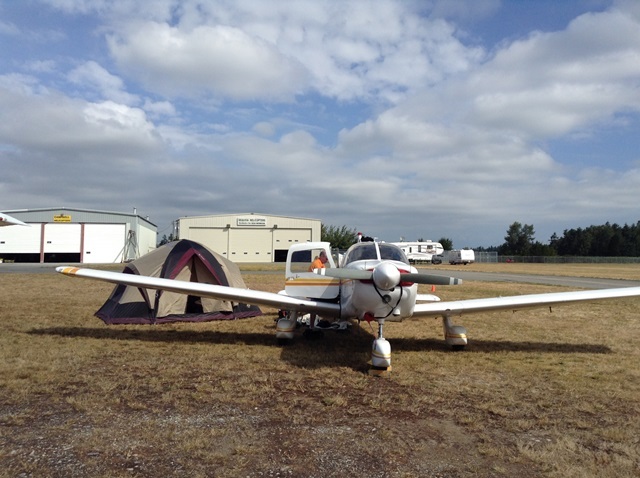
The oldest aircraft I have flown. This is a 1940 J3 Cub.
Here is a short list of some weak areas that tend to occur frequently on instructor rating flight tests.
Overall organization
Poor preparation of teaching area.
Teaching aids not present or not used.
Necessary publications (POH, FTM etc.) not present or not referred to.
FIG not used, not present or candidate not familiar with it.
Failure to fully manage student’s activities and time.
PGI
Generally poor preparation.
Weak knowledge of topic.
Poor introduction.
No review of previously learned material.
Ineffective review (should be procedural or operational).
Re-teaching instead of reviewing.
No TKT.
Instruction not appropriate to student’s level of expertise or understanding.
Weak interaction with student.
No student activity.
No verification of learning.
No summarization and no review questions.
Lecturing instead of interacting.
No questions asked of student.
Incorrect techniques and procedures taught to student.
FIG not used. No adherence to “essential background knowledge” section.
Teaching without the appropriate FTG in mind.
Reading a PowerPoint presentation.
PFB
No idea what a pre flight briefing is for.
No adherence to format in FIG.
Making it up as candidate goes along.
No assignment of pre flight duties to student.
No checking of student’s pre flight activities.
No review questions about today’s material.
Re-teaching instead of reviewing.
Inappropriate review questions.
Seems obvious that candidate never does a PFB (deer in the headlights).
Flight proficiency
Incorrect procedures, speeds or techniques used.
Failure to recognise that a spin has spiralled.
Not flying to CPL standards (this is code for “crappy flying skills”), especially in these maneuvers: steep turn, 11, 12, 13, 14, 15, 21, 22, all takeoffs and landings. Get out there and practice, people! (See below.)
Teaching proficiency
Poor management of student’s time.
Too much coaching.
Not enough coaching.
Micromanaging.
No engagement with student.
Too eager to intervene.
Hands and feet all over controls.
Incorrect procedures taught.
Unable to teach instrument flying: no organised method or lesson plans (see below).
Analysis of student performance
Weak knowledge of flight test standards.
Not noticing basic common student errors.
Failure to take control for debriefing.
No repetition of student practice.
Failure to consider student’s level of expertise.
In my experience, class 3 and 4 instructor rating flight tests are failed most often in two ways: ineffective instruction for instrument flying, and poor overall flight skills.
Surprisingly, class 2 flight tests are also often failed due to poor flight skills.
The instrument flight portion of a PPL syllabus should be a course-within-a-course, starting with basic aircraft control, proper scanning techniques, and relating inside to outside, instruments to horizon. The hood should not be used until these basics are covered. Then the lesson plans should progress from attitudes and movements through basic aircraft control, exercises 5 to 9, and then 11. This should be spread out over multiple flights. If you are teaching more than attitudes and movements and basic scanning technique for the first instrument session, you are moving too fast. Also, leave the hood on the back seat. You can put your student under the hood once you progress to straight and level flight, late in the first session, or even not until session 2.
Lesson plans and in-flight teaching notes are essential for this part of your flight test. Don’t wing it. Be prepared.
As for basic flight skills, you need to be able to fly the airplane to a level of 3 or 4 (CPL standard with no major deviations) on your flight test. This is readily available information, yet people keep coming to instructor rating flight tests who can’t even meet a PPL standard. I see major handling and technique errors far too frequently on instructor flight tests. This should not happen. You need to be able to walk the walk, confidently and consistently. Adequate practice and effective mentoring are essential to ensure that your flight skills are adequate on your flight test. Are you listening, recommending instructors???

